Day 1: Muscat – Nakhal – Wadi Bani Awf – Balad Sayt – Jabal Shams (The Grand Canyon of Oman)
In the morning, we’ll leave **Muscat** towards **Nakhal Town**. Here, you can visit the beautiful **Nakhal Fortress**, nestled at the foothills of the Al Hajar Mountains in a charming town that grows extensive date palm plantations. This magnificent 1500-year-old fortress rises dramatically from the mountain rock, towering high above the ancient village as if still warning would-be attackers of its ominous strength. It has witnessed many battles and is packed full of hidden escape routes and secret passages. You can stroll around the inside of this restored fortress and visit all the rooms, which have been nicely decorated in the original old style. The view from the top of the fortress over the mountains and green date plantations is outstanding.
From there, we visit the **hot spring**. The spring is tucked away among date farms a couple of kilometers from Nakhal Fort, and it flows year-round with warm mineral water collected in the site pools. Several chairs and shades are provided in the “picnic area” near the pool.
From there, we continue our trip to **Wadi Bani Awf**. The road leads us through the Wadi, where we’ll pass by impressive Wadi Canyons (including **Snake Canyon**) and several villages. The most beautiful village there is **Balad Sayt**, surrounded by mountains from all directions.
Then we drive up the Mountain. This mountain road ascends to **Jebel Shams Mountain**, at 3009 meters. It’s one of the most adventurous mountains in Oman, offering exciting off-road experiences and fantastic views. We reach the canyon view, which is 2000 meters high. We stop there and enjoy the view and take photos, then we continue driving to our resort where we spend the night.
Overnight: In Jabal Shams (Jabal Shams Resort or Similar)
Day 2: Jabal Shams – Wadi Ghul – Al Hamra – Misfat Al Abriyeen – Nizwa
In the morning after breakfast, we’ll leave **Jabal Shams** towards **Wadi Ghul**. The 2000-year-old village of Wadi Ghul, located at the foot of Mountain Ghul and visible on your way to Jabal Shams, has been abandoned by its inhabitants, with no one remaining. It has been built of solid stones.
From there, we continue our trip to **Wadi Nakhar**, known for its beautiful sites and a spectacular view which derives its name from the local word “necrosis,” meaning the process of rock sculpture «erosion» as the water of this valley formed during different time periods.
**Wadi Al Nakhar** is one of the deepest valleys in Oman because of its geographical characteristics. The great gap in Jabal Shams is considered to be the most important source of water since its large opening leads to valleys and reefs that form the Wadi of Al Nakhar.
Then we continue our way to visit the ancient town of **Al Hamra**. After that, we drive up to **Misfat Al Abriyeen village**. This picturesque village lies on a steep slope at the foot of Jebel Shams and consists of old homes and narrow streets. It has a falaj system that irrigates many orchards, date palms, and vegetables. It’s worth spending some time walking around the village.
Overnight: In Nizwa (Al Dyar Hotel or Similar)
Day 3: Nizwa Fort & Market – Haima
Today, we visit **Nizwa Souq**, where a wide variety of vendors offer their goods in the streets. Here, you can find vegetables, pottery, jewelry, handicrafts, Omani sweets (Halwa), dates, spices, and souvenirs that are sold in authentic old market halls that few places can boast. Especially interesting is the Friday cattle market when locals from the nearby villages and towns come to sell their goats, cattle, sheep, and chickens in a circus-style open marketplace.
Next to the Souq is **Nizwa Fortress**. The fort is a museum today and offers splendid views of this ancient town and the surrounding mountains. You can walk around in this impressive fortress and visit its many rooms, passages, and towers. The fort is an architectural testimony to the economic and military achievements of the early Yaruba dynasty from the mid-17th century. It was a military stronghold designed to withstand even the strongest of attacks at the time; even along the corridors, many traps were laid to deter any intruders that might have penetrated the defenses.
From Nizwa, we’ll drive directly to the south. Before you reach **Haima**, we’ll drive out of the highway to the west for a few kilometers. In the end, we’ll reach beautiful orange dunes, which are part of **Rub Al Khali**. We’ll set up our camp there and enjoy the sunset.
Overnight: In Haima Dunes (Camping)
Day 4: Haima – Rub Al Khali
In the morning after breakfast, we’ll drive directly to the south, passing **Haima city**, which is the capital of the central region of Oman, called Al Wusta Governorate. Haima is the chief town of the region and an important transit point between the interior and the coast; it’s also the halfway point of the journey between Muscat and Salalah. The town has largely grown up around the highway, servicing the passing trucks and buses, and there is little to commend the straggling settlement other than the convenience of the amenities it offers, such as some good Asian restaurants and a useful supply point for trips into the Empty Quarter.
From Haima, we drive further south. Here we’ll enter **Rub Al Khali**. From Maqshan, we’ll drive off-road for almost 50 KM. We’ll then leave the off-road track and drive between beautiful orange dunes until we reach our camping place.
Overnight: In Rub Al Khali (Camping)
Day 5: Rub Al Khali
Today, we’ll show you the stunning **sand rose**, formed on the sand in the shape of a rose due to erosion factors (wind, rain, heat, and cold). Later on, have your picnic and keep driving deeper into **Rub Al Khali**. Reach your camping place and watch the marvelous sunset.
Overnight: In Rub Al Khali (Camping)
Day 6: Rub Al Khali
Today, you can watch a spectacular sunrise in a very silent environment. After breakfast, drive deeper into **Rub Al Khali** and enjoy high orange-colored dunes. Have your picnic lunch. In the afternoon, continue your journey. Suddenly, you’ll see crystal stones that have been toned due to erosion. You’ll reach your camping place, climb orange high dunes, watch the marvelous sunset, and enjoy the silence of the second biggest desert in the world.
Overnight: In Rub Al Khali (Camping)
Day 7: Rub Al Khali – Ash Shisr (The Lost City) – Wadi Dawkah – Salalah
In the morning, we’ll leave our camping place; it’s the last morning in **Rub Al Khali**. We’ll continue our journey towards **Al Shisr (The Lost City)**, one of the sites of Al Luban (Frankincense) Road, which is part of the World Heritage and Culture Sites “UNESCO” in the Sultanate of Oman. It’s located in the province of Dhofar, the state of Thamrit, the capital of the Badia (Najd Dhofar). It’s at the southern end of the desert of the Empty Quarter. Evidence suggests that the site has been inhabited since the Stone Age.
Exploration and excavation work at Al-Shisr site revealed the existence of an ancient archaeological city (believed to be the city of “Erm” which is mentioned by God in the Holy Quran, the land of the people of Hood who did not create the same in the country as mentioned in the Qur’anic text). Continuous exploration of this important archaeological site continues. This archaeological site was discovered in 1990 by a group of archaeologists and was included in the World Heritage Organization.
Then we continue our journey towards **Wadi Dawkah**. Wadi Dawkah is located in the Najd area behind the northern slopes of the Dhofar mountain range, 35 km north of Salalah city, and extends north towards the state of Thumrait. It’s one of the growth areas of the frankincense trees in Dhofar Governorate. It’s a natural reserve for large frankincense trees and is listed in the World Heritage and Culture List UNESCO.
From Wadi Dawkah, we continue our journey to **Salalah**. Check-in your hotel and relax. In the evening, start off at **Al Hafah Market**. It’s a traditional market known as the city of Salalah and recognized by visitors as a tourist and economic landmark. The Hafah market is located 3 km from the city of Salalah in Dhofar Governorate, surrounded by coconut trees. The market is known for the sale of incense and frankincense products and is full of many products, whether traditional textiles, traditional clothing, ornaments, gold and silver, and many other traditional products. It’s considered the oldest market in Dhofar. Have dinner there in a local restaurant, then return to the hotel.
Overnight: In Salalah (Beach Resort Salalah or Similar)
Day 8: Al Balid – Al Mughsail Beach – Job Tomb – Salalah
Today, we start the day visiting **Khawr Al Balid**. This lagoon takes its name from the ancient city which lies on the banks of this lagoon; the lagoon flanks the city on the east and north. In ancient times, this lagoon was connected to the sea and used as a natural port due to its depth in some parts.
The region is currently on the World Heritage and Culture list “UNESCO” and the khawr is protected. The importance of this place lies in its combination of archaeology, history, and nature. The archaeological park is considered to be the first of its kind in Oman, serving to protect natural resources, attract tourists to the site, and inform people of this important ancient city in the Governorate of Dhofar.
Then visit **Al Mughsail Beach**. It’s a beautiful and charming beach, characterized by its serene, white sand, and a tourist destination frequented by tourists from all over the country, especially during the monsoon. The Blowholes attract people when strong, fast waves crash against the rocks.
From there, we visit **Job’s Tomb**, then head back to your hotel. In the evening, proceed to the city center, have dinner there, and return to your hotel.
Overnight: In Salalah (Beach Resort Salalah or Similar)
Day 9: Salalah – Taqah – Khawr Rawri (Samahram) – Wadi Darbat – Mirbat – Wadi Ash Shuwaymiyyah
In the morning, we start a new exciting day. We’ll drive towards **Taqah**, visiting the cemetery of **Mazoon Al Mashani**, the mother of Sultan Qaboos. She is buried under identical marble gravestones, and an uncle and a grandfather of the Sultans are buried there.
From there, we continue our journey to **Khor Rori**. Reports indicate that the town of Sumhuram was founded on royal initiative and settled by Hadhrami emigrants. The Dhofar region was the main source of frankincense in the ancient period, and it seems likely that the foundation of the settlement by the Hadhramaut was partly motivated by the wish to control the production of this valuable commodity.
The excavations have uncovered the ground plan of the settlement and have attested maritime contacts with the Ḥaḑramite homeland, India, and the Mediterranean. It was inscribed in 2000, along with other sites along the incense route in Oman, as part of the World Heritage site “Land of Frankincense”.
From there, we continue our journey to **Wadi Darbat**, offering majestic views of the lakes, mountains, caves, wildlife, and waterfalls. Wadi Darbat is surely a paradise for nature lovers and history enthusiasts, watching the crystal-clear water cascading down the 100-meter waterfall surrounded by lush greenery is surely a delight. Close to the waterfall are many natural cave chambers with stalagmites and old stalactites.
From there, we continue our journey to **Mirbat**, a coastal town in the Dhofar governorate. Mirbat (Moscha) was involved in the export of frankincense in ancient times, to places as far as China. In ancient times, Mirbat was the capital of Dhofar, with an income derived from the frankincense trade and from breeding Arabian horses. Visit the port of Mirbat and walk along the old houses of Mirbat.
From there, continue your journey towards **Ash Shuwaymiyyah**. This deep valley, carved by nature out of the surrounding land, plunges towards a rock-strewn coastline with dramatic cliffs as a backdrop. Enjoy walking in Wadi Ash Shuwaymiyyah and watch the sunset there with a cup of tea or coffee.
Overnight: In Wadi Ash Shuwaymiyyah (Camping)
Day 10: Wadi Ash Shuwaymiyyah – Ras Madrakah
In the morning after your breakfast, continue your journey. We’ll stop in the village of **Ash Shuwaymiyyah** where you’ll see local people selling some handmade handicrafts. Continue your journey to **Ras Madrakah**, known for its moderate weather throughout the year, featuring mountainous and rocky formations overlooking the Arabian Sea on one side and soft white sand on the other side. You can have a walk on the white sands there or swim in the beautiful sea.
Overnight: In Ras Madrakah (Camping)
Day 11: Ras Madrakah – Ad Duqm – Al Khaluf
From **Ras Madrakah**, we continue our trip to **Ad Duqm**, which is famous for its geological attractions worldwide. It’s known as the **Rock Garden Duqm**, an area of 3 square kilometers made of sandstone rocks and limestone, which was created in an underground water aquifer more than 46 million years ago.
Rock Garden is a great piece of nature’s artwork. This Rock Garden is full of anonymous rocks with different shapes, positions, standing formed in unusual shapes, a round of rocks, a big piece of rock standing on a small piece of stone stand and some seem like statues of animals. This site is one of the top twenty-five sites in Oman’s geological scientific importance.
From Al Duqm, we continue our journey towards **Al Khaluf Beach**, one of the nicest beaches in Oman and a place with exciting and calm white sugar dunes, rocky outcroppings, and sleepy fishing villages. What makes this area special is its isolation. Since it’s so far from Muscat, the area doesn’t get many visitors.
Overnight: In Al Khaluf (Camping)
Day 12: Al Khaluf – Muhut – Ras Ar Ruways
In the morning, leave your camping place and drive to **Al Khaluf village** to stop at the **fish market**, where local people come with a huge number of fresh fish and seafood for sale.
From there, we drive to **Muhut**. It’s one of the states of the central region of Oman overlooking the Arabian Sea. It was one of the most important ports of previous times, famous for shipbuilding, transporting passengers and goods from Oman to East Africa, India, and other parts of the African continent, carrying Omani products and returning with goods that were not in Oman at that time.
From Muhut, we drive towards **Ras Ar Ruways**. You’ll reach your destination, **Ras Al Ruways**, where the stunning white sand meets the turquoise open sea. You’ll have the opportunity to swim in the sea and watch the beautiful sunset.
Overnight: In Ras Ar Ruways (Camping)
Day 13: Ras Ar Ruways – Al Ashkharah – Ras Al Hadd
After breakfast, we start towards **Ras Al Hadd**. You’ll pass many sea villages, and the largest and most beautiful one is **Al Ashkharah fishing village**, which primarily depends on fishing. We’ll visit **Al Ashkharah port**, where you will see many fishermen returning from the sea with huge quantities of fish and seafood.
Then the tour continues to **Ras Al Hadd**. In the evening, after a buffet dinner in the hotel/resort, we’ll take you to the **turtle sanctuary at Ras Al Jinz**, where we’ll go on a guided, beautiful walking tour on the beach at night under the stars. Here, we have a high chance of seeing Oman’s great sea turtles stumbling onto the beach to build a nest and lay their eggs. If you are lucky, you can even see baby turtles hatching from some nests.
Overnight: In Ras Al Hadd (Turtle Beach Resort or Similar)
Day 14: Ras Al Hadd – Sur – Wadi Shab – Sinkhole – Muscat
In the morning, check out of your hotel. From there, drive to the city of **Sur**, visiting the famous **Omani Dhow Factory**, where you can see traditional wooden dhows being built. We’ll also take you to the old part of Sur, where most of the houses are designed with wooden doors and windows.
From Sur, we drive to **Wadi Shab**. This Wadi is an enormous canyon gorge that is lined with palm trees and impressive indications of what the power of the water coming down from the mountains can do in nature. With a 35 to 40-minute hike up through the canyon, we arrive at one of several crystal-clear water pools. Tourists can swim through the warm waters from pool to pool. Eventually, we come to the last pool where an opening among the enormous rocks allows us to swim into an incredible crevice cave with a small waterfall inside. The sunlight filters in from the outside, turning the water into a beautiful turquoise blue whilst water cascades down one side of the cave from the Wadi beyond.
After visiting Wadi Shab, we drive to **Bimmah Sinkhole** (swimming in the sinkhole lake is possible). Bimmah Sinkhole is a water-filled depression, structurally a sinkhole, in the limestone of eastern Muscat Governorate in the Sultanate of Oman. A lake of turquoise waters, it’s 50 m by 70 m wide and approximately 20 m deep. It’s 600 m away from the sea, between the coastal towns of Dibab and Bimmah village. The sinkhole was formed by a collapse of the surface layer due to the dissolution of the underlying limestone. To preserve the sinkhole, the local municipality developed a park there.
From the Sinkhole, we drive to **Muscat**.
Starting Time:
08:00 AM
Including:
- All equipment for camping along with food and beverages is included in the package
- Transportation by Air-Conditioned Vehicle 4WD
- English Speaking Guide
- Pick up & Drop off
- Bottled Water
- Private Tour
Pick up Information:
WE PICK UP TRAVELERS FROM ANY PLACE IN MUSCAT:
- Muscat Harbor (For Shore Excursions Passengers)
- Muscat International Airport
- Residence
- Hotels
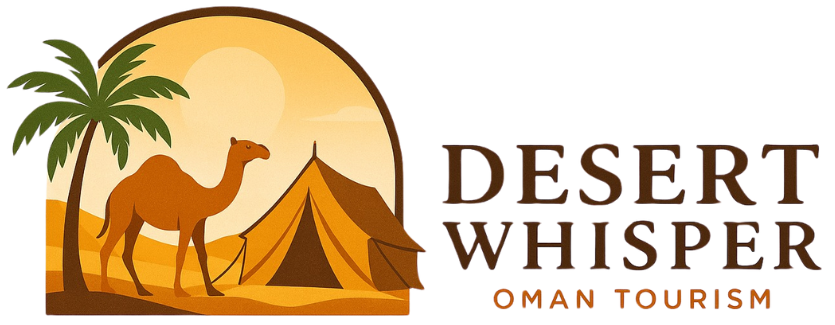
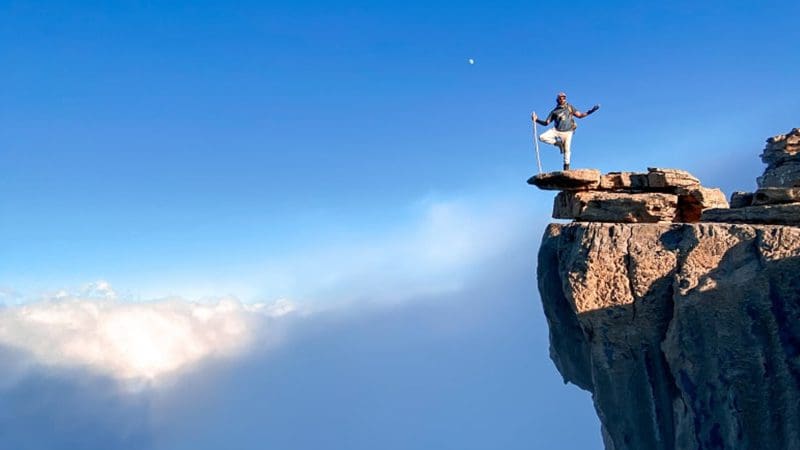
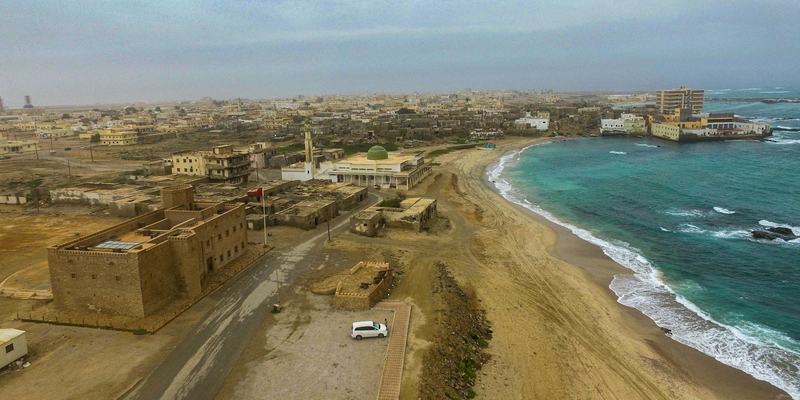
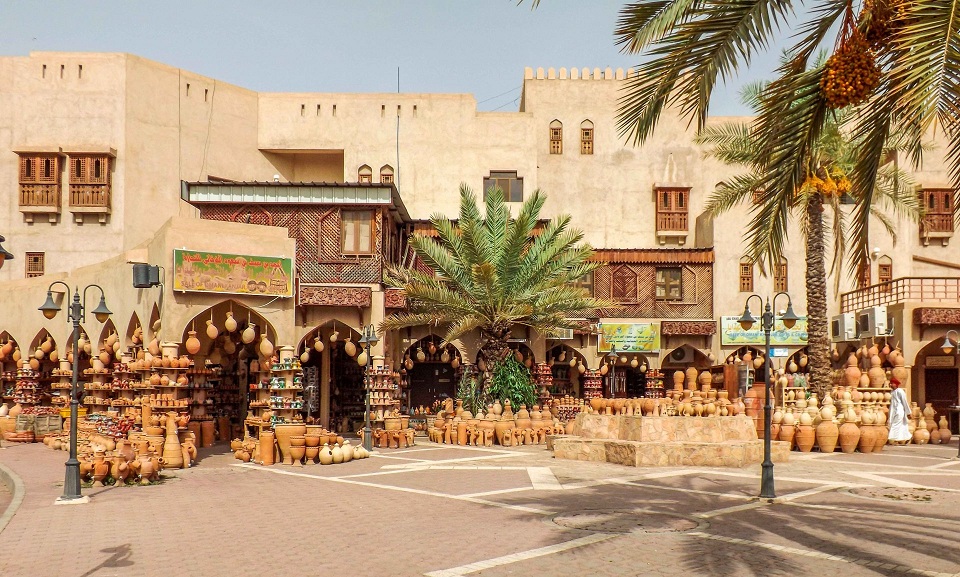
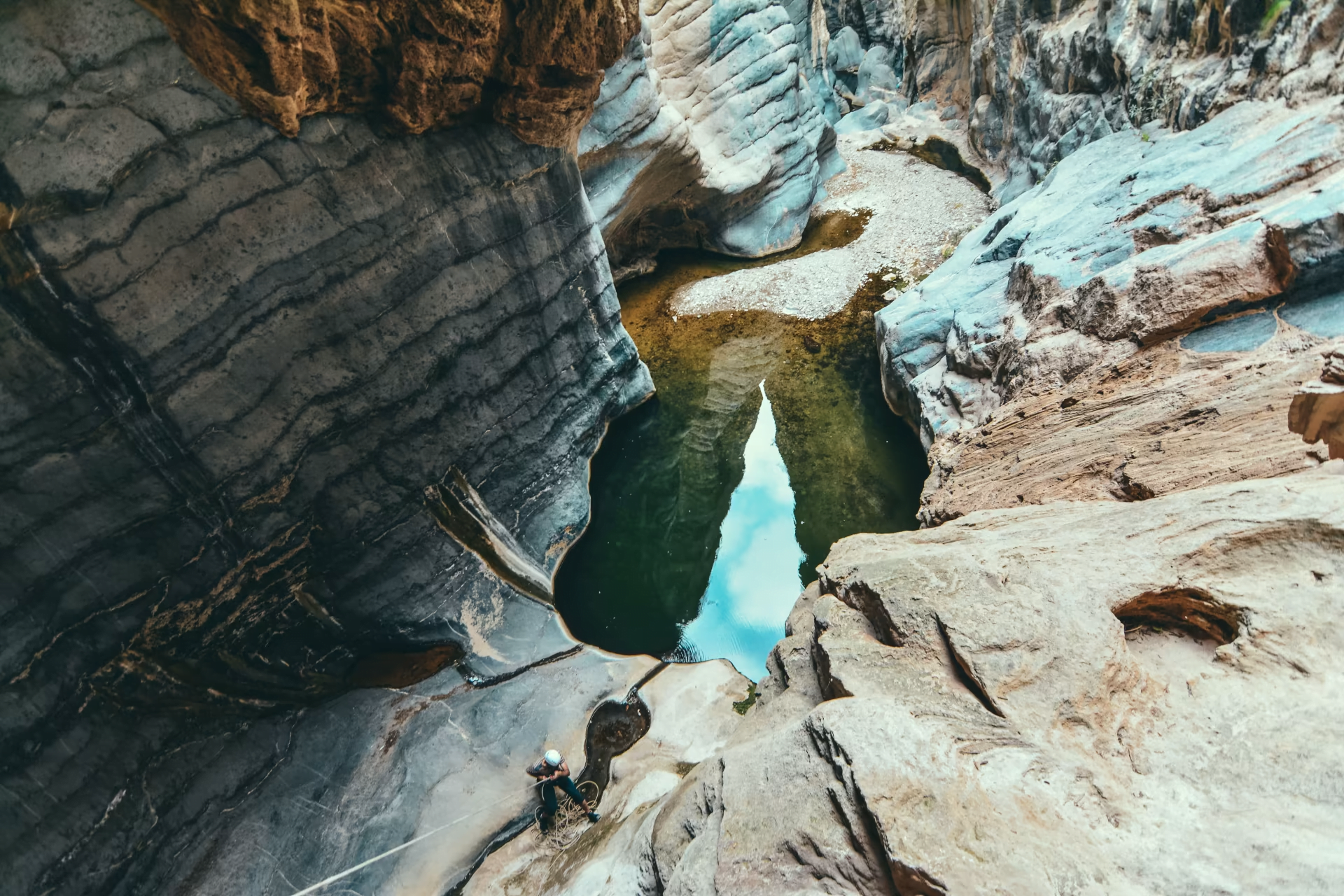



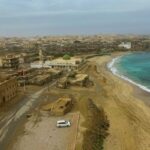

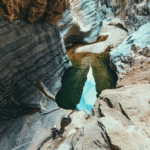


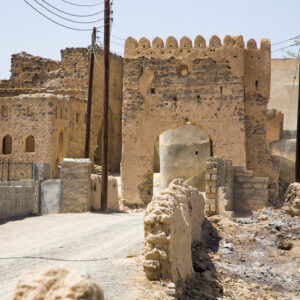


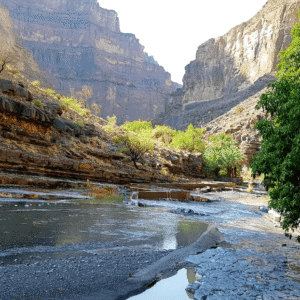
Reviews
There are no reviews yet.